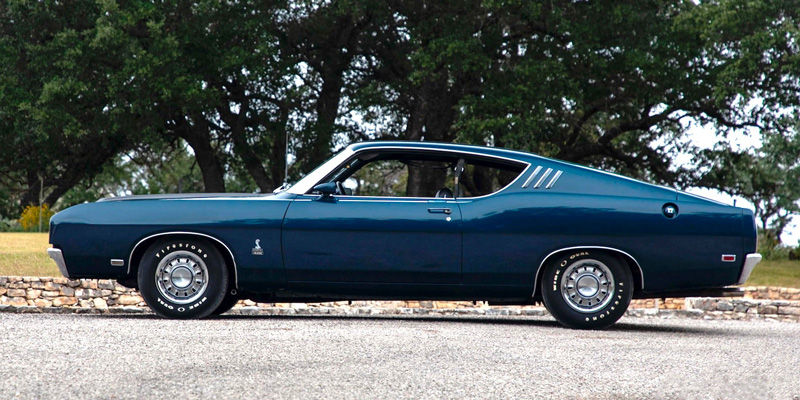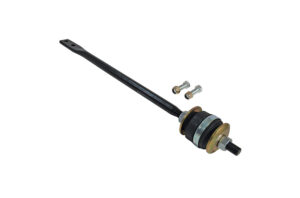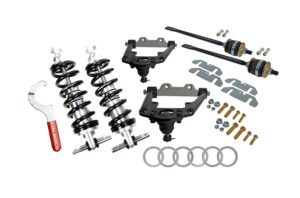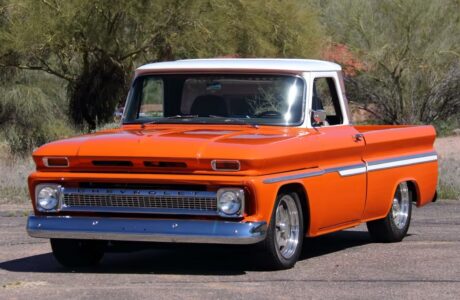The 10 Best Ford Muscle Cars of the 1960s: Icons of Total Performance

In the early 1960s, Ford was considered a reliable manufacturer of solid, well-built vehicles. While these cars were dependable, they were also often regarded as dull. Competitors like Chevrolet and Pontiac had already embraced the growing performance trend, and Ford needed to change consumer perceptions.
Lee Iacocca and others within Ford aided Henry Ford II in understanding that the aura of high performance helped sell Ford cars and trucks. Thus, Total Performance was born—a bold program to inject excitement into the brand by transforming Ford into a dominant force in both motorsports and on the street. From NASCAR to NHRA to the Indy 500 and even the 24 Hours of Le Mans, Ford’s Total Performance strategy aimed to make the company known for producing fast, exciting and competitive cars.
Essential Collaborators
A crucial aspect of Ford’s success during the Total Performance initiative was the collaboration with specialized companies that helped bring their high-performance plans to life. Kar Kraft, a Ford-affiliated engineering company, was pivotal in developing the Ford GT Mk IV and building models like the Boss 429 by modifying its chassis and suspension to accommodate the massive engine.
Dearborn Steel Tubing, a custom fabrication firm responsible for building the legendary Fairlane Thunderbolt, ensuring it was race-ready off the truck. Shelby American, led by Carroll Shelby, transformed Mustangs into serious performance machines with the GT350 and GT500, blending racing prowess with highway capabilities.
Additionally, A.O. Smith assisted in constructing the Mustang Mach 1 by manufacturing body panels, fabricating fiberglass components like hood scoops, and reinforcing structural chassis members for high-performance models such as those equipped with the 428 Cobra Jet engine.
Below, we explore 10 of the best Ford muscle cars of the 1960s, showcasing how Ford took its reputation from “solid but boring” to one of the most revered names in American performance.
1. 1964 Ford Fairlane Thunderbolt

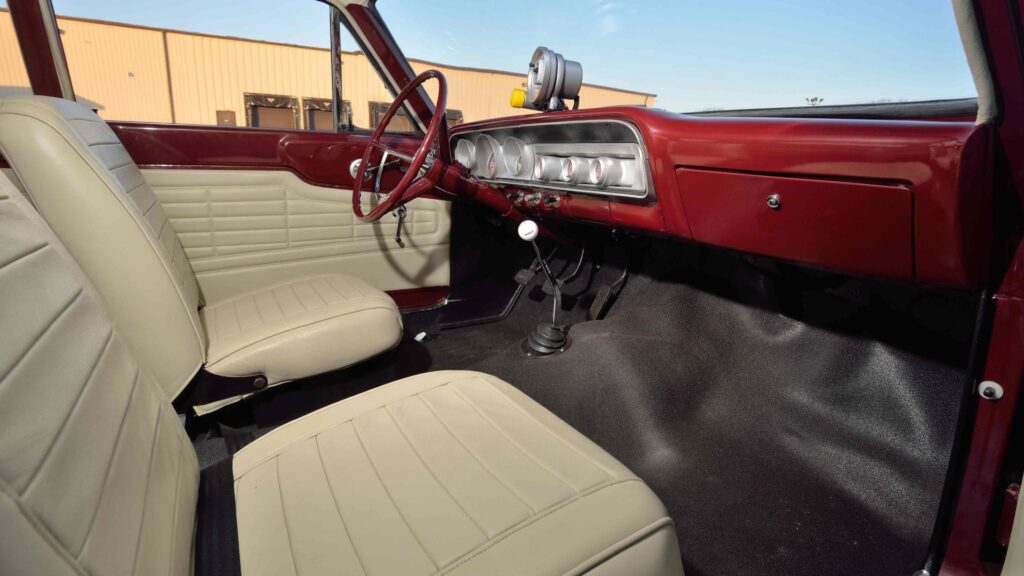
Ford’s Total Performance ambitions were on full display with the Fairlane Thunderbolt. This limited-edition drag racing special was fitted with a 427 cu in (7.0 L) V8 engine, producing over 425 horsepower. The Thunderbolt was a lightweight machine stripped of unnecessary comforts, making it a dominating force at the drag strip. Ford built only 100 cars, but the concept was so popular that many replicas have been built.
2. 1965 Ford Mustang GT 289 HiPo (K-Code)

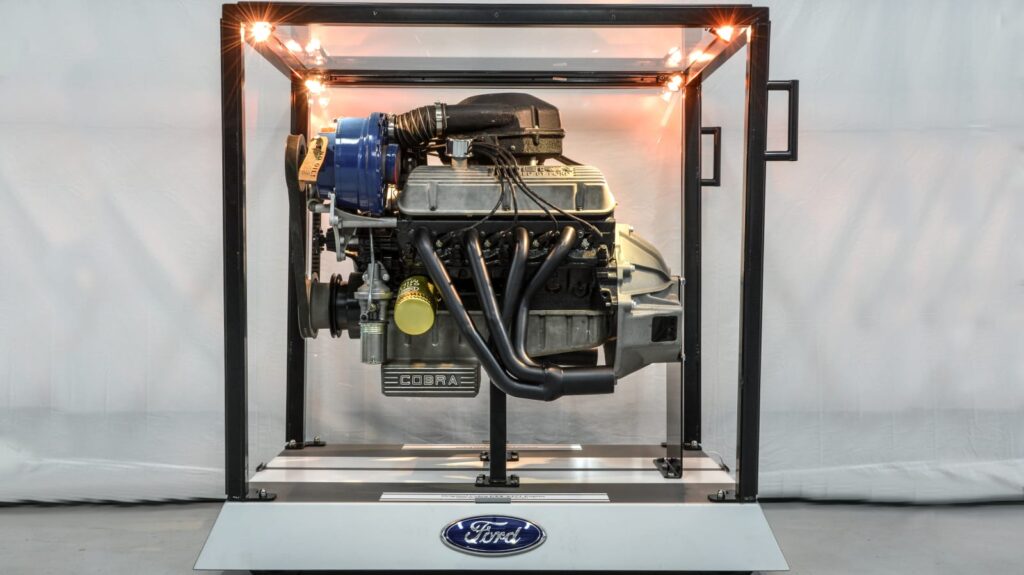
The 1965 Mustang GT 289 HiPo (High Performance) represented the first of many high-powered Mustangs. The K-Code option 289 cu in (4.7 L) V8 engine delivered 271 horsepower in a compact and agile package, giving it serious street cred. The option package also included upgraded suspension, exhaust and rear axle, moving the Mustang from a pony car to a serious contender in the emerging muscle car ranks.

3. 1968 Ford Mustang GT Fastback
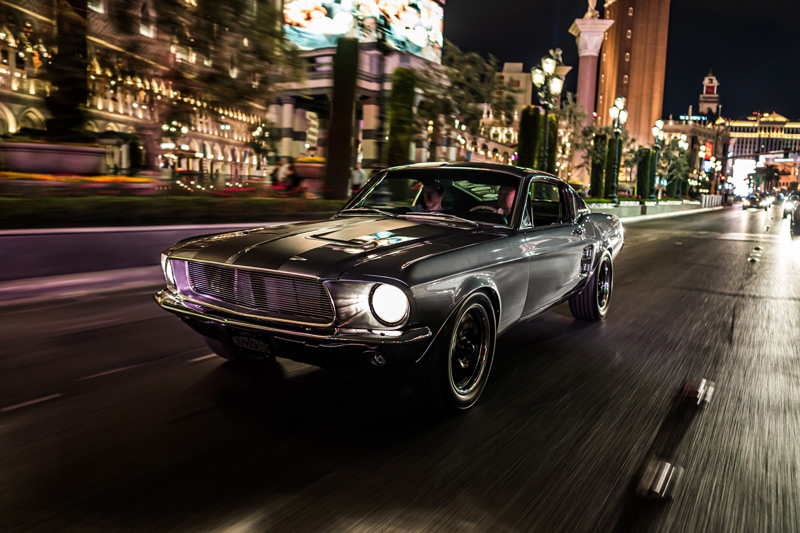
No list of 1960s Ford muscle cars is complete without mentioning the 1968 Mustang GT Fastback, made famous by Steve McQueen in the movie Bullitt. Equipped with a 390 cu in (6.4 L) V8 engine, this car had the power to match its movie-star looks. The car’s sleek design and performance capabilities made it an instant classic.
4. 1969 Ford Mustang Boss 429

Created to satisfy NASCAR engine homologation rules, the Boss 429 is one of the rarest and most valuable Mustangs ever built. It housed a massive 429 cu in (7.0 L) V8 engine that was officially rated at 375 horsepower but has been reported to have developed over 500 horsepower. Ford produced only 859, making it a prized possession among collectors today.
5. 1969 Ford Mustang Mach 1
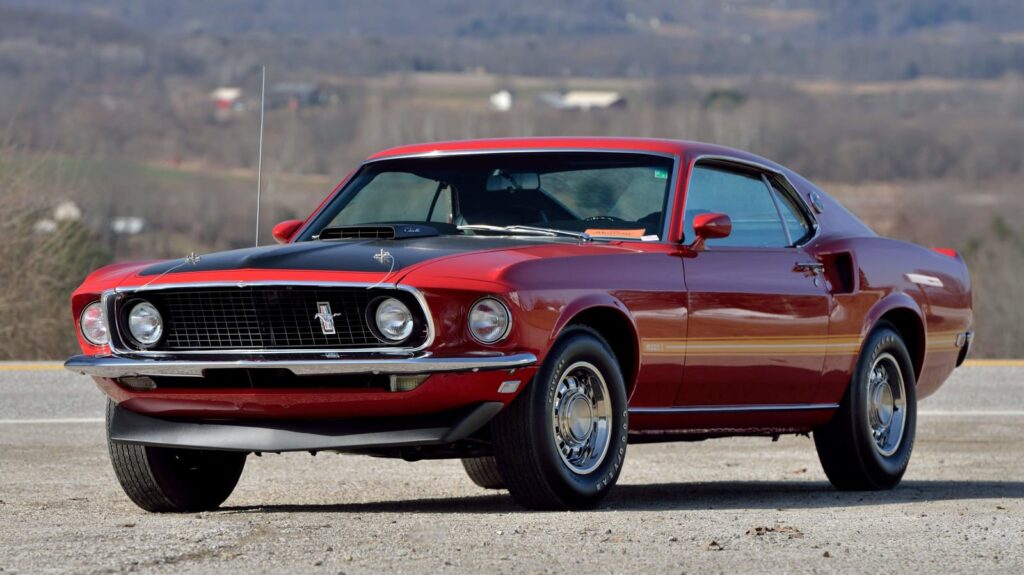

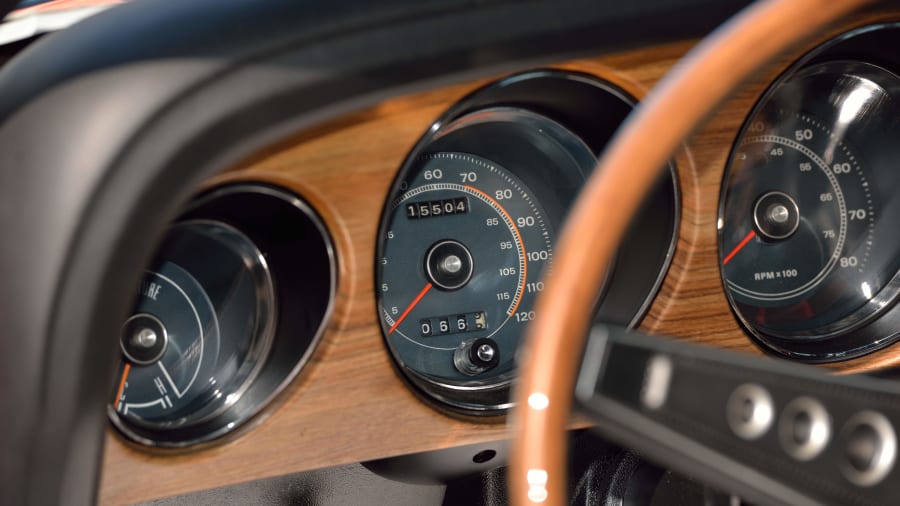
The Mach 1 package brought performance and style to the Mustang lineup, offering a range of powerful engines, including the fearsome 428 Cobra Jet. Known for its sporty looks and aggressive performance, the Mach 1 perfectly reflects Ford’s Total Performance goals, blending speed with visual appeal.
6. 1966 Ford Fairlane 500 R-Code
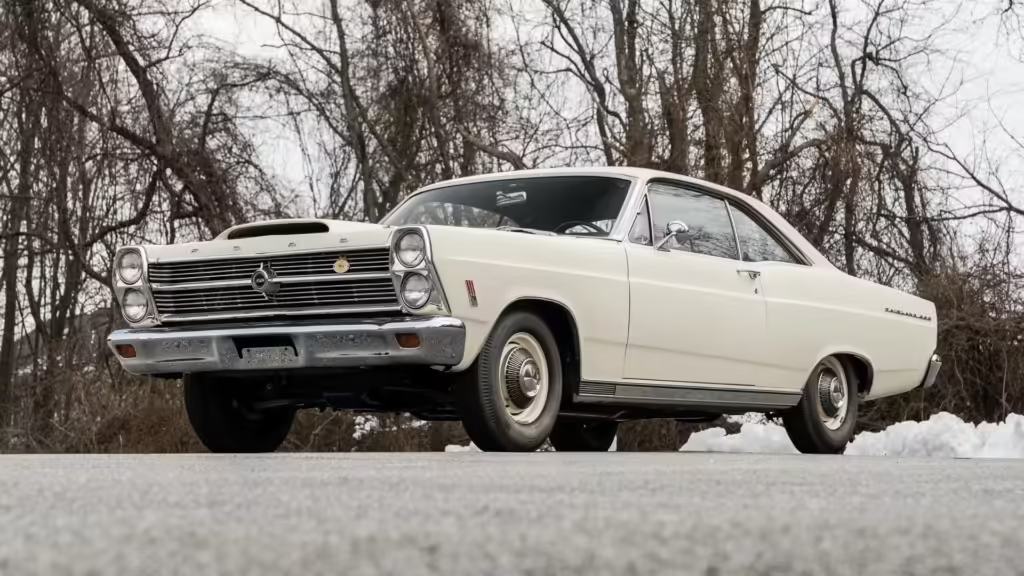
The Fairlane 500 R-Code may have looked like a modest mid-size car, but it packed a 427 V8 engine built for speed and power under the hood. This car was a true sleeper, designed to surprise competitors with its straight-line performance, especially when fitted with the optional Drag Pack. It embodied the best of Ford’s ability to combine practical looks with raw performance.
7. 1969 Ford Torino Talladega
Another NASCAR-inspired creation, the Ford Torino Talladega, was built for one thing: speed. Its aerodynamic design helped it perform better on the track, while the 428 Cobra Jet engine provided the muscle to keep up with the Hemi-powered Dodges and Plymouths. The Torino Talladega was crucial to Ford’s Total Performance NASCAR racing strategy.
8. 1967 Shelby GT500

Developed by the Shelby American team in Southern California, the 1967 Shelby GT500 took the Mustang platform to the next level. Powered by a 428 cu in (7.0 L) V8, the GT500 made 355 horsepower and quickly became one of the most desirable muscle cars ever. Shelby’s influence elevated Ford’s muscle car program to new heights during the 1960s.
9. 1966 Shelby GT350R
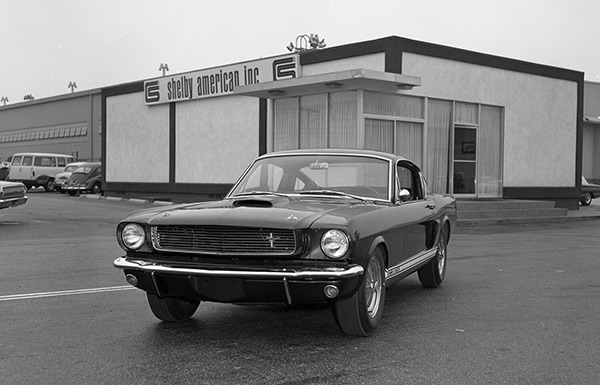

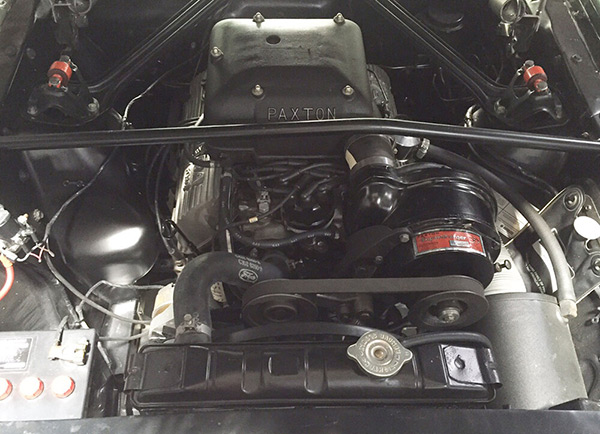
Another Shelby American masterpiece, the GT350R, was available as a race-ready Mustang with a 350 horsepower 289 cu in V8 engine. This car was light, fast, and incredibly responsive. On the track, the GT350R immediately proved itself a worthy competitor to the small block Corvette, securing SCCA B-Production championships in 1965, 1966, and 1967.
10. 1967 Ford GT
Unlike its GT40 predecessors, the Ford GT Mk IV was designed and built entirely in the United States, marking a significant shift in Ford’s approach to endurance racing. The car featured a lightweight aluminum honeycomb chassis and a more aerodynamic body, engineered explicitly for the high speeds of Daytona and Le Mans. The Ford GT Mk IV was a formidable competitor, powered by a 500 horsepower 427 cu in (7.0L) V8 engine. Its crowning achievement came in 1967 when it won the 24 Hours of Le Mans, with Dan Gurney and A.J. Foyt behind the wheel.
The Legacy of Ford’s Muscle Car Era
The 1960s were the glory days of Ford muscle cars, with the company pushing the envelope on performance and style. These cars embodied the Total Performance ethos, designed to win on the racetrack and became legends on the street. For many enthusiasts, these were the peak years of American muscle, when engines were massive, and the cars were raw, powerful machines.
However, as impressive as these cars were, advancements in technology mean that several of today’s Ford Mustangs, like the 2024 Mustang GT or Dark Horse, could outperform most of the 1960s cars on this list in terms of speed, handling and overall performance. The legacy of the 1960s Ford muscle cars lives on, inspiring modern-day engineering and design while offering fans a nostalgic look at the iconic era of Total Performance.
Upgrade 60’s Ford Muscle Cars with Aldan American
For enthusiasts looking to enhance the handling and responsiveness of their 1960s Ford muscle cars, Aldan American offers a range of high-performance shocks and suspension components that bring these classics up to modern standards.
Aldan’s adjustable coilover shocks and tubular control arms allow for precise tuning, improving ride quality and reducing body roll without sacrificing the classic feel of these icons. Upgrading to Aldan’s suspension components enhances cornering and overall stability and provides a more comfortable ride, making these muscle cars better suited for today’s driving conditions.
Whether taking your Mustang, Fairlane, or Torino out for a cruise or pushing it hard on the track, Aldan American’s products help bridge the gap between vintage charm and modern performance.
The 1964-1973 Ford Mustang can bridge the gap between its iconic past and present performance advancements by the owner focusing on handling, braking, and steering improvements. This combination offers enthusiasts the appeal of a classic Mustang, supplemented by the safety and precision of contemporary technology.
FORD PARTS & KITS: TOP SELLERS
-
Coilover Conversion Kit – Ford Mustang 1964.5-1966 Front – SPC
Price range: $2,299.99 through $2,456.99 This product has multiple variants. The options may be chosen on the product page -
Coilover Conversion Kit – Ford Mustang 1967 Front – SPC
Price range: $2,089.99 through $2,246.99 This product has multiple variants. The options may be chosen on the product page -
Coilover Conversion Kit – Ford Mustang 1968-1973 Front – SPC
Price range: $2,149.99 through $2,299.99 This product has multiple variants. The options may be chosen on the product page

